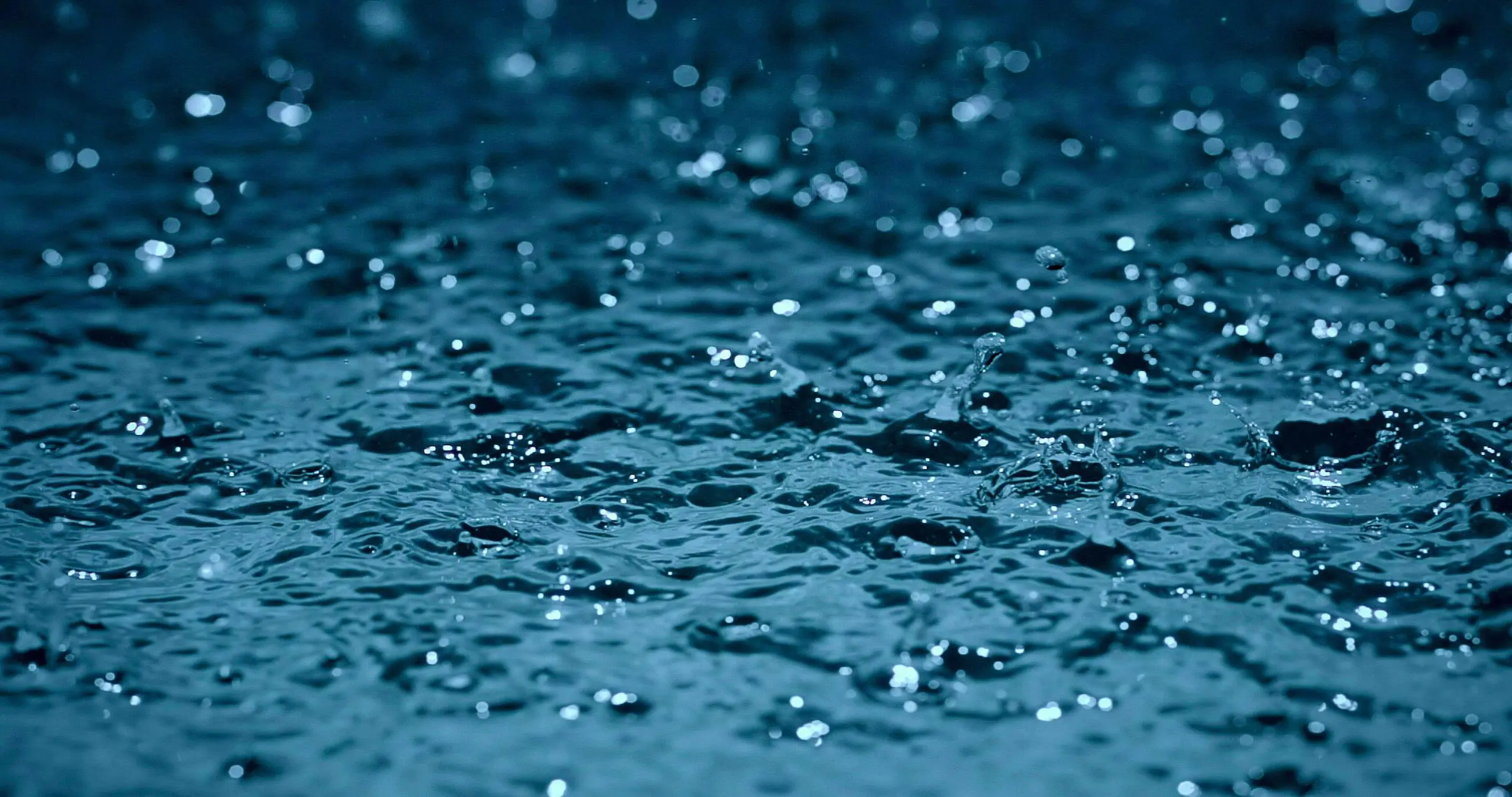Disaster season is here, and storms and flooding are always a looming danger. Even minor flooding can do catastrophic damage to your heating and cooling system. Before you try to salvage or start water-damaged equipment, it’s vital to understand the proper steps you should take to remain safe.
- Ensure your home is safe to enter. After a flood, have your home inspected by a licensed electrician, utility worker or qualified emergency responder to make sure it is safe to re-enter. Electrocution is a major concern with standing water and damaged wiring. Once you can safely enter your home, mark the highest water line on the exterior of your HVAC unit to give your technician an idea of what components may have been submerged or compromised by the floodwaters.
- Clear away debris. Remove waterlogged drywall and carpet as quickly as possible. This reduces further electrocution risks and helps limit or avoid mold growth. Quickly remove and dispose of anything absorbent, including insulation, drywall, and furnace filters.
- Schedule an inspection and cleaning. As soon as possible, have a licensed HVAC technician survey the damage to your HVAC system to evaluate whether or not it may be salvaged. In significant flooding, many HVAC systems must be declared a total loss and should be replaced. If your unit can be repaired, schedule frequent maintenance and inspections for the next several months to ensure there’s no lasting damage from corrosion, undetected leaks, or other malfunctions. If your existing units are salvageable, they’ll need to be cleaned extensively to prevent mold and other harmful microorganisms from contaminating your space.

